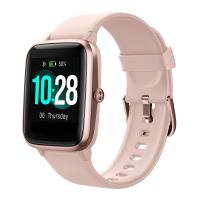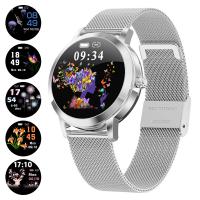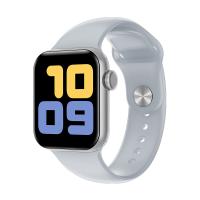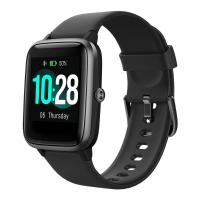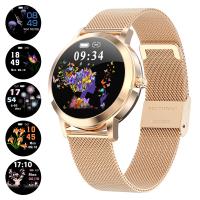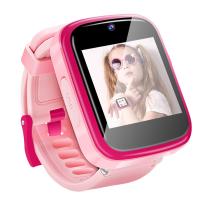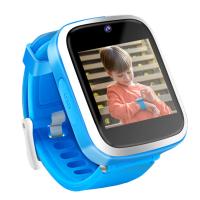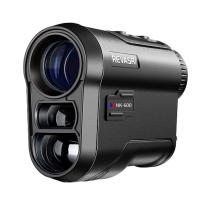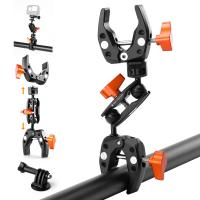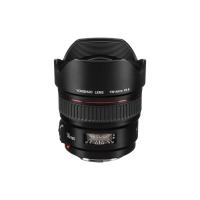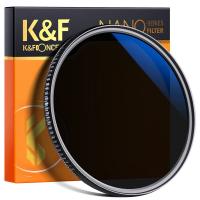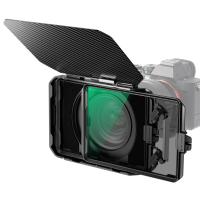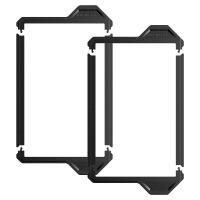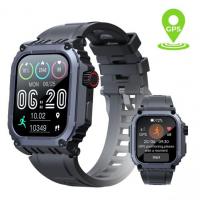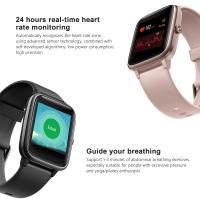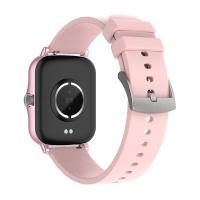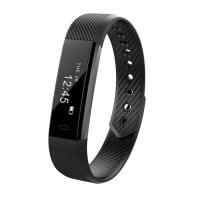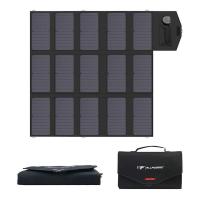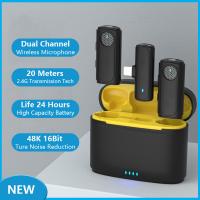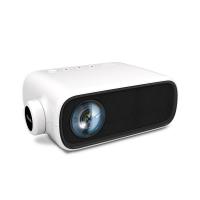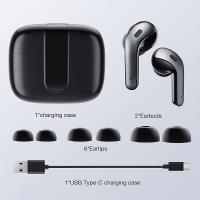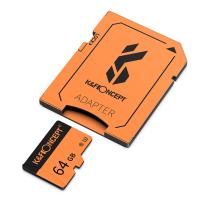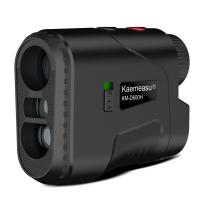How To Measure Smart Watch Size?
Choosing the right size for a smartwatch is crucial for both comfort and functionality. With the increasing popularity of smartwatches, many users are seeking guidance on how to measure and select the appropriate size. This article aims to provide a comprehensive guide on how to measure smartwatch size, ensuring that you make an informed decision that suits your wrist and lifestyle.
Understanding Smartwatch Sizes
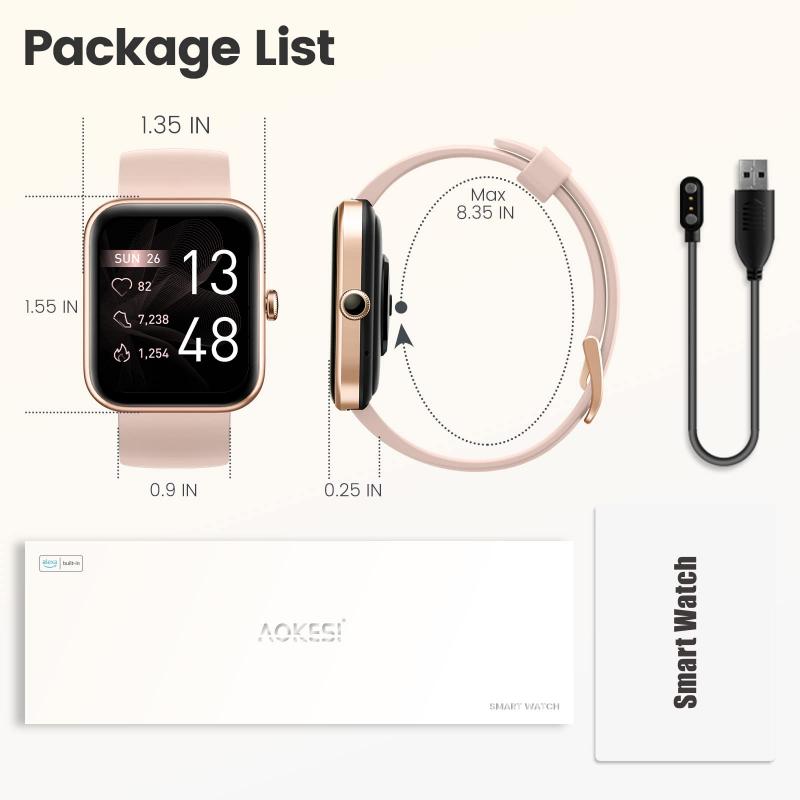
Smartwatches come in various sizes, typically measured in millimeters (mm). The size usually refers to the diameter of the watch face or the case. Common sizes range from 38mm to 46mm, but there are variations outside this range. The size you choose can affect not only the look of the watch but also its comfort and usability.
Why Size Matters
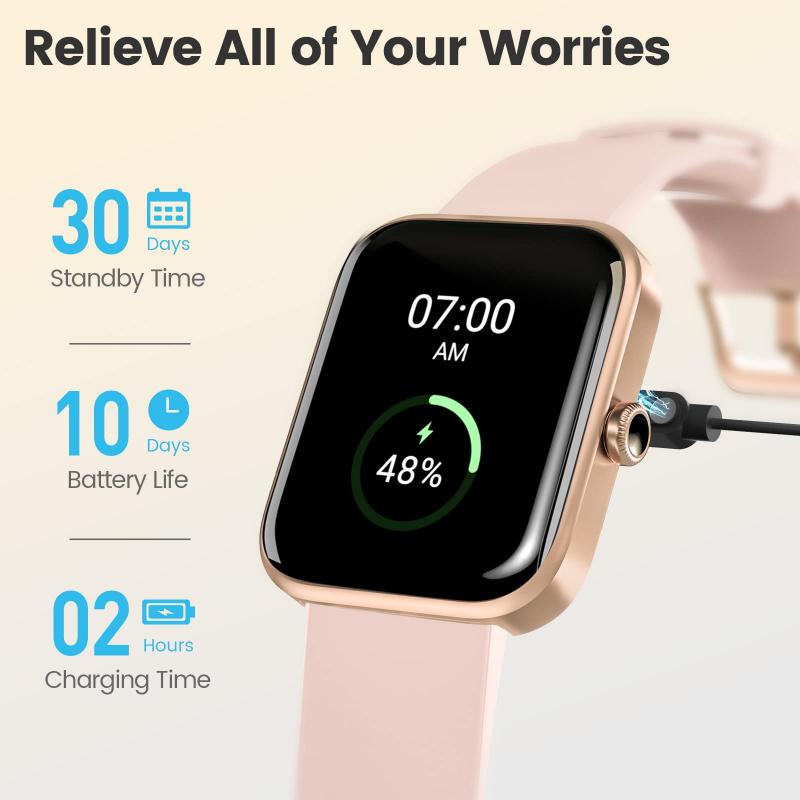
1. Comfort: A watch that is too large or too small can be uncomfortable to wear for extended periods.
2. Functionality: Larger watches may offer more screen real estate, which can be beneficial for reading notifications and using apps.
3. Aesthetics: The size of the watch can affect its appearance on your wrist. A watch that is too large can look bulky, while one that is too small may look out of place.
Steps to Measure Your Wrist
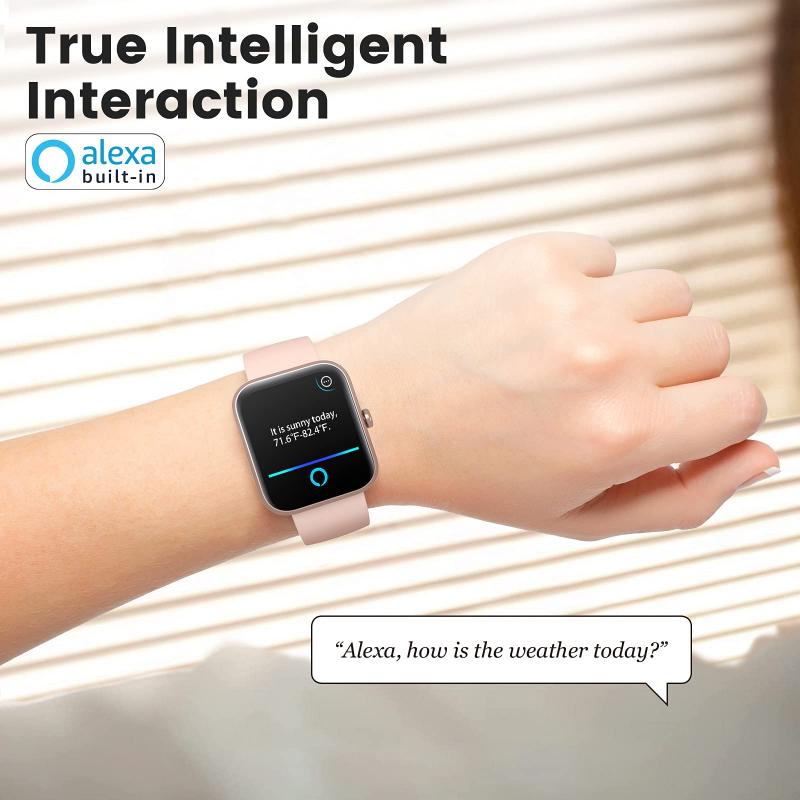
1. Use a Measuring Tape: Wrap a flexible measuring tape around your wrist, just below the wrist bone where you would normally wear a watch. Note the measurement in millimeters.
2. Use a String: If you don't have a measuring tape, you can use a piece of string. Wrap the string around your wrist, mark the point where it overlaps, and then measure the length with a ruler.
3. Consider Wrist Shape: Some people have rounder wrists, while others have flatter ones. This can affect how a watch sits on your wrist and should be taken into account.
Matching Wrist Size to Watch Size

- Small Wrists (130mm - 150mm): Opt for smaller watch faces, typically 38mm to 42mm.
- Medium Wrists (150mm - 170mm): Medium-sized watch faces, around 42mm to 44mm, are usually a good fit.
- Large Wrists (170mm and above): Larger watch faces, 44mm and above, will likely be more proportionate.
Additional Considerations
1. Band Width: The width of the watch band should also be considered. A wider band can make a watch look larger, while a narrower band can make it look smaller.
2. Watch Thickness: The thickness of the watch case can affect comfort, especially if you wear long sleeves or tight cuffs.
3. Lug-to-Lug Distance: This is the distance between the two points where the watch band attaches to the case. A longer lug-to-lug distance can make a watch look larger on your wrist.
Trying Before Buying
If possible, try on different sizes before making a purchase. Many stores offer the option to try on watches, and some online retailers provide virtual try-on tools. This can give you a better idea of how the watch will look and feel on your wrist.
Popular Smartwatch Brands and Their Sizes
1. Apple Watch: Available in 40mm and 44mm sizes.
2. Samsung Galaxy Watch: Available in 42mm and 46mm sizes.
3. Garmin: Offers a wide range of sizes, from smaller 39mm models to larger 47mm models.
4. Fitbit: Typically offers smaller, more fitness-focused designs, usually around 38mm to 42mm.
Choosing the right size for your smartwatch is essential for comfort, functionality, and aesthetics. By measuring your wrist and considering factors like band width, watch thickness, and lug-to-lug distance, you can make an informed decision. Whether you have a small, medium, or large wrist, there is a smartwatch out there that will fit you perfectly. Take the time to try on different sizes and consult size guides from popular brands to ensure you find the best fit for your needs.



